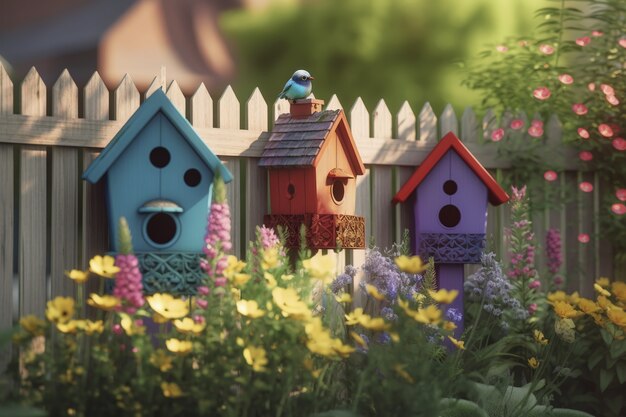
Sponsored article
If you have a love for nature and wish to create a space that encourages local wildlife to visit your backyard, this article is for you. We’ll guide you through the concepts of a wildlife-friendly garden, and offer practical advice on plant selection and the construction of wildlife-attracting features. Get ready to transform your garden into an enchanting paradise filled with a variety of vibrant wildlife species.
Developing a conceptual understanding of the basics involved in creating a wildlife-friendly garden is the first pivotal step towards fostering a space that welcomes local wildlife. A wildlife-friendly garden essentially involves a set of collaborative practices such as choosing endemic vegetation, habitat creation, and their significance to the local fauna. These practice include but are not limited to:
Grasping these basics will not only aid in creating a thriving wildlife-friendly garden but also contribute towards a sustainable ecosystem in your backyard.
Choosing the right plants for your garden involves careful plant selection that takes into account the wildlife you aim to attract. Pollinators, such as bees and butterflies, are drawn to colourful, nectar-rich flowers. Your plant selection should include native plants like lavender, sunflowers, and aster which are known to attract these pollinators. Native plants are key to attracting wildlife as they are tailored to your local ecosystem and provide the best food sources for various species. This could include berries for birds, leaves for caterpillars, and seeds for small mammals. Planting a variety of native plants ensures a diversified nuance that supports a wider range of wildlife. Here are a few examples:
By making these thoughtful selections, your garden can become a haven for local wildlife.
Creating a wildlife-friendly garden goes beyond just planting. By incorporating additional features into your garden design, you can turn it into a hub of activity for local wildlife. Adding feeders with different types of food can attract a variety of birds. Water features, whether a small pond or a bird bath, provide essential drinking and bathing spots for both birds and insects. Housing structures like bat boxes and insect hotels can offer safe shelters subverting the need for unnecessary travel in search of lodgings for these creatures. The combination of these features can make your garden not only a sanctuary for different species, but also a vibrant ecosystem teeming with a mesmerizing display of nature’s best.